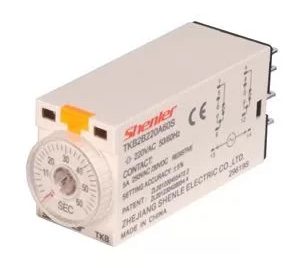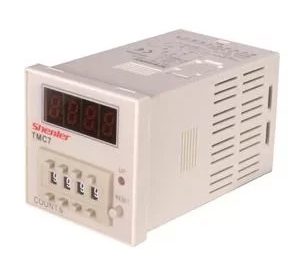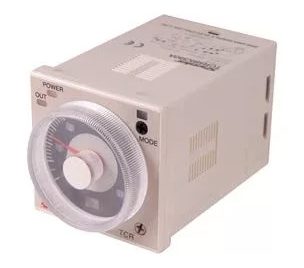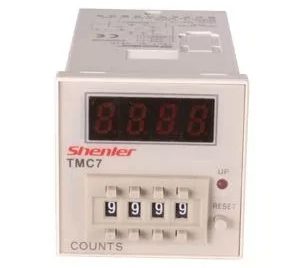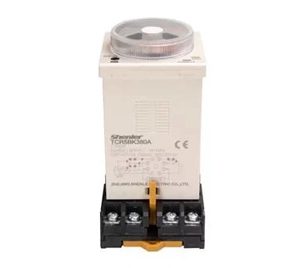In all, the application of the various timer relays depends on the particular needs and specifications of the industrial process being controlled. Understanding these functions and their peculiarities can help in selecting the ideal timer relay for the desired processes.
Benefits of using timer relays in industrial settings
Timing relays are an important component in industrial environments because they bring many benefits to plant operations, including increased efficiency, enhanced safety, and reliability. Timing relays provide precise timing to support a wide range of applications requiring precise switching, control, and sequencing of electrical equipment.
One of the benefits of using timing relays is that they increase efficiency by reducing the workload of human operators. With timer relays, processes can be automated, increasing productivity and freeing up staff to perform other value-added tasks. Additionally, timer relays reduce the risk of human error, which is common in manual processes involving complex timing.
Another significant advantage of using timing relays is that they can enhance safety in industrial environments. Operators can rely on timer relays to turn equipment on and off at predetermined times, reducing the risk of accidents caused by human error, such as forgetting to turn off a machine or leaving it running when not in use.
Finally, timing relays help improve reliability by ensuring precise synchronization and coordination of electrical components. This synchronization ensures that all electrical equipment works together seamlessly, reducing the risk of equipment damage and costly downtime. Furthermore, timer relays can operate in even the harshest industrial environments, making them extremely reliable even in challenging environments.
Industrial applications of timer relays
Timer relays have a wide range of industrial applications, from controlling processes to improving safety measures. These relays are designed to switch electrical circuits on or off according to a predetermined time schedule. They can be used to automate repetitive tasks, such as controlling conveyor belts or pumps, or to ensure that equipment is used safely and efficiently.
One of the most common applications of timer relays is in the industrial process control industry. Process control systems are used to manage and optimize complex manufacturing processes, such as those found in the chemical and pharmaceutical industries. Timer relays are often used to automate processes such as mixing, heating, and cooling, saving time and improving consistency.
Timer relays can also be used in safety systems, ensuring that equipment is turned on or off at the correct time to prevent accidents. For example, a timer relay can be used to shut off a machine if it is left unattended for a period of time, reducing the risk of injury to operators.
Other applications of timer relays include lighting control, air conditioning systems, and irrigation systems. In short, timer relays have a wide range of industrial uses and can help improve efficiency, safety, and productivity in a variety of settings.
Choosing the right timer relay for your specific application
When choosing a suitable timing relay, you need to consider not only the basic requirements of the control circuit but also the complexity of the application, environmental factors and required functions. Choosing the wrong timing relay can lead to costly and time-consuming rework, equipment failure, and potential safety hazards.
To ensure you make the best choice, it helps to be familiar with the timer relay options available and their functions. Each relay type has unique features and capabilities that make it suitable for a range of applications.
When selecting a timer relay, consider factors such as contact rating, time range, control voltage, and mounting options. It is also important to evaluate environmental and application conditions such as temperature, vibration, humidity, and electrical noise. Selecting the correct timing relay will ensure optimum performance, reliability and safety for your application.
Installation and Maintenance of Timer Relays
Timing relays are an important component in many industrial and commercial systems, providing accurate time to control a variety of processes. However, improper installation or maintenance of timer relays can lead to failures that can lead to costly operational interruptions. To ensure reliable performance, it is important to take proper steps in installing and maintaining timer relays.
Regular maintenance also plays an important role in maintaining the life and efficiency of your timer relay. Common maintenance tasks include cleaning and inspecting contacts and terminals, ensuring proper voltage levels, and replacing worn or damaged components. Any signs of failure should be addressed promptly to prevent further damage and downtime.
Conclusion
In summary, timing relays are essential components in industrial applications that require precise timing and automation. From controlling lighting systems to regulating HVAC equipment, timer relays provide a range of benefits that increase operational efficiency and reduce costs. Understanding the different types of timer relays and their applications is critical to choosing the right timer relay for your specific needs.
